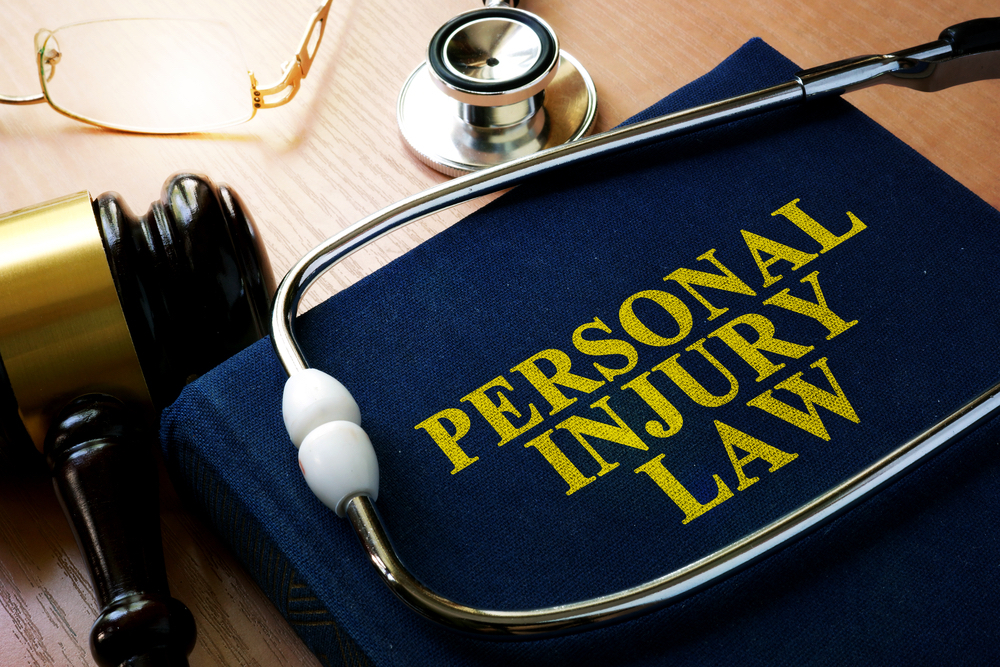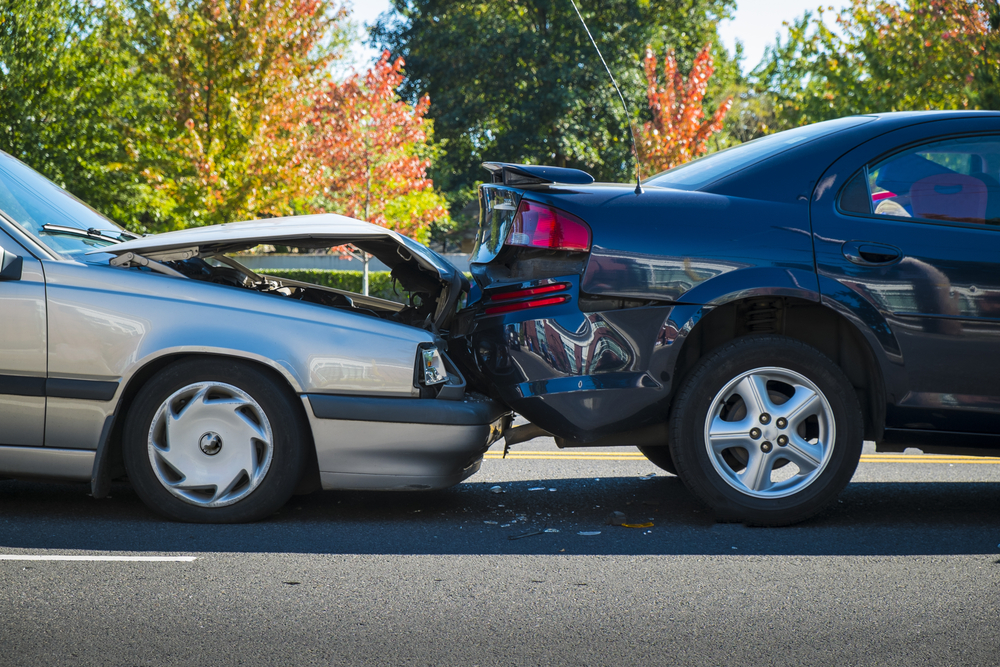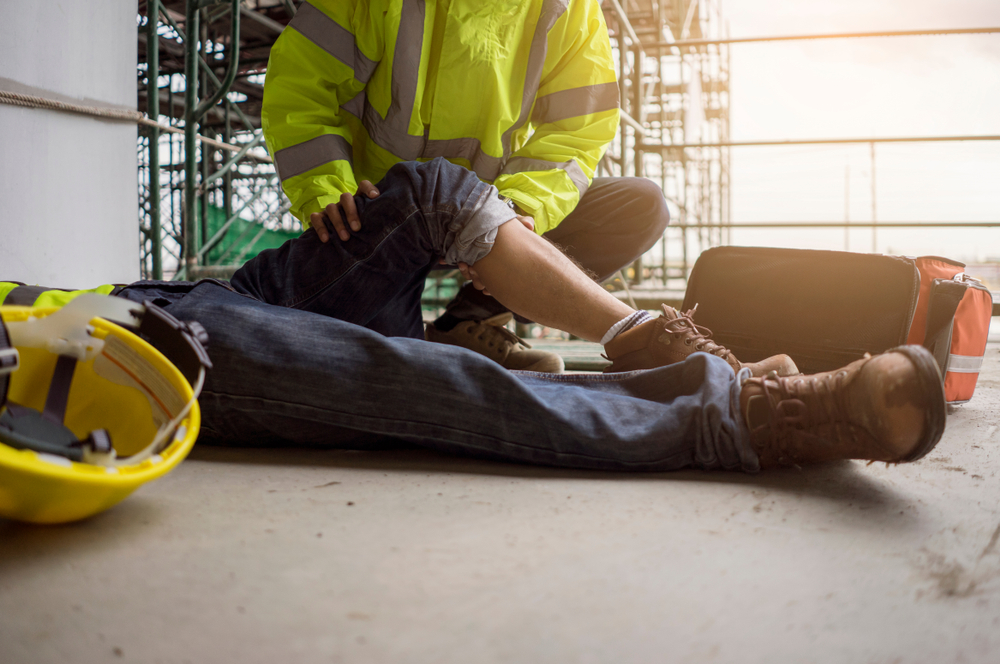
What is The Fatal Four in Construction Accidents?
Construction is one of the most dangerous professions in the world. There are several hazards or things that can happen while you’re on the job that could leave you injured or result in a fatality. There are a few injuries that are most common on construction sites, and we want to share them with you so you can determine if you need to speak with a construction accident lawyer. Keep reading to learn more about The Fatal Four in construction accidents.
What is The Fatal Four?
The most common accidents on a construction site are referred to as The Fatal Four. This term was coined by OSHA, or the Occupational Safety and Health Administration, and they unfortunately result in the most deaths and injuries on construction sites. Learn more about these individual accidents and how they could be prevented. Also, after you learn about The Fatal Four, be sure to familiarize yourself with some other common types of construction accidents.
Falls
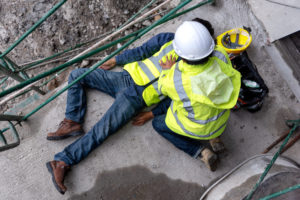 The number one accident that results in fatalities is falls. This type of accident can occur from falling off a ladder, falling off of scaffolding, falling through a hole, and even falling off of stairs.
The number one accident that results in fatalities is falls. This type of accident can occur from falling off a ladder, falling off of scaffolding, falling through a hole, and even falling off of stairs.
In order to prevent falls, there are several hazard controls that could be used. Some of them include guard rail systems, safety net systems, or fall restraint systems. Other ways to prevent falls include providing working conditions that are free of known dangers, keeping floor areas clean, and providing personal protective equipment.
Struck By An Object
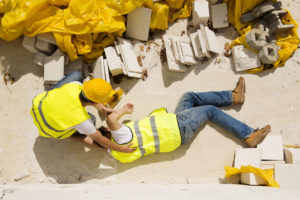 Being struck by an object is the second most common construction accident of The Fatal Four. These types of injuries occur due to forcible contact or impact between a worker and an object or piece of equipment. Some examples of being struck by an object could include bricks falling out of a container onto a worker, a highway sign falling and hitting a worker, a worker being struck by an end loader, or someone being struck by a pipe being lifted out of the ground.
Being struck by an object is the second most common construction accident of The Fatal Four. These types of injuries occur due to forcible contact or impact between a worker and an object or piece of equipment. Some examples of being struck by an object could include bricks falling out of a container onto a worker, a highway sign falling and hitting a worker, a worker being struck by an end loader, or someone being struck by a pipe being lifted out of the ground.
There are several things that could help reduce the risk of being struck by an object on a construction site. Workers should lower the blades and lock moving parts of machines when they are not being used. Access to work areas should be limited unless it’s absolutely necessary to be there. Tools and equipment should be inspected frequently to find issues that could result in a dangerous accident.
Electrocution
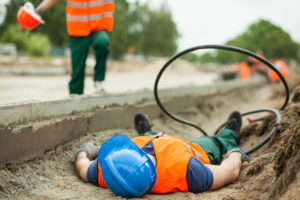 Electrocution is the third most common construction accident that ends in fatality or serious injury. OSHA defines electrocution as a person being exposed to a lethal amount of electrical energy. In addition to death, injuries caused by electrocution could include burns and shock. Some of the hazardous conditions that could result in electrocution include contact with power lines, contact with energy sources, and improper use of cords.
Electrocution is the third most common construction accident that ends in fatality or serious injury. OSHA defines electrocution as a person being exposed to a lethal amount of electrical energy. In addition to death, injuries caused by electrocution could include burns and shock. Some of the hazardous conditions that could result in electrocution include contact with power lines, contact with energy sources, and improper use of cords.
To reduce the risk of electrocution that results in a construction accident, workers should maintain a safe distance from overhead power lines. All tools and cords should be inspected before use, and using ground-fault circuit interrupters on site could potentially prevent electrocutions.
Getting Stuck or Caught Between Equipment
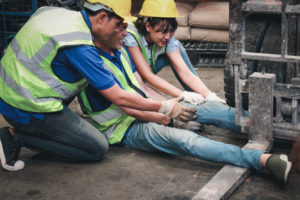 The fourth construction accident that is part of The Fatal Four is getting stuck in or being caught between equipment. This could include a person being squeezed, stuck, pinched, or compressed between two or more objects. Examples of this type of injury include a cave in while trenching, being pulled into machinery, or being crushed between moving objects.
The fourth construction accident that is part of The Fatal Four is getting stuck in or being caught between equipment. This could include a person being squeezed, stuck, pinched, or compressed between two or more objects. Examples of this type of injury include a cave in while trenching, being pulled into machinery, or being crushed between moving objects.
The best ways to prevent getting stuck in or getting caught between equipment include inspecting all equipment to ensure it is supported or secured. Workers should be vigilant to keep an eye on what is going on around them while they are on a construction site, and hazardous machines and parts should have a proper guard.
Now you know what The Fatal Four is in relation to construction accidents. As we mentioned before, not all injuries can be prevented. If you have been injured on a construction site and are seeking compensation, contact one of our personal injury lawyers today to discuss your options.


